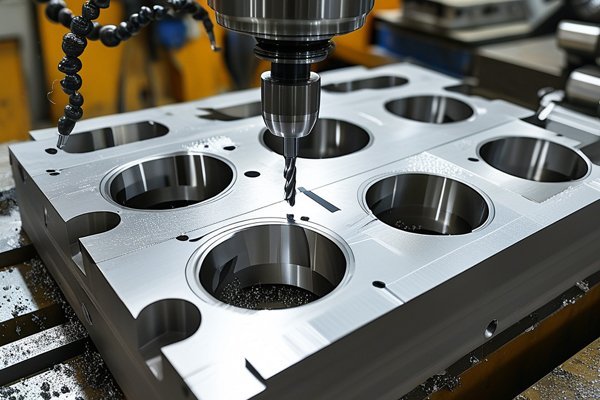Opening
Did you know that in the United States alone, the medical device manufacturing industry is projected to reach over $208 billion by 2023? As technology continues to evolve, so does the demand for high-quality, precision-engineered parts for medical applications. However, achieving the necessary sterility and biocompatibility standards in CNC (Computer Numerical Control) processing is a challenging task, yet it’s crucial for the safety and efficacy of medical devices. In this blog, we will explore the intricate relationship between CNC processing and the medical industry and provide practical solutions for ensuring compliance with sterility and biocompatibility standards.
Understanding the Importance of Sterility and Biocompatibility in the Medical Field
The medical industry operates under stringent regulatory frameworks established by organizations like the FDA (Food and Drug Administration) and ISO (International Organization for Standardization). Sterility refers to the absence of viable pathogenic microorganisms, while biocompatibility involves ensuring that materials used in medical devices do not induce an adverse reaction in the body. Non-compliance with these standards can lead to severe consequences, including product recalls, lawsuits, and threats to patient safety.
Given the vital role CNC processing plays in producing components for surgical instruments, implants, and diagnostic devices, it becomes essential to address how plants can meet these high standards efficiently.
Key Factors Influencing Sterility and Biocompatibility
The choice of materials significantly influences both sterility and biocompatibility. Stainless steel, titanium, and certain medical-grade polymers are popular choices because they inherently resist corrosion and minimize the chances of infection.
CNC processing plants must operate within controlled environments to prevent contamination. This includes having designated cleanrooms, air filtration systems, and regular sterilization methods in place.
Rigorous process control and monitoring are required for maintaining the integrity of the medical components produced. This includes regular audits and adherence to quality management systems.
Multiple post-processing techniques ensure that the produced components are free from contaminants and bacteria. Techniques like ultrasonic cleaning, passivation, and electropolishing can ensure surface cleanliness and improved biocompatibility.
Solutions for Achieving Sterility and Biocompatibility in CNC Processing
Material Selection and Testing
Selecting the right materials is the first step in ensuring sterility and biocompatibility in CNC processing. Manufacturers must choose materials that have been tested and approved for use in medical devices. Additionally, it is crucial to conduct thorough testing for each batch to evaluate their properties:
Controlled Manufacturing Environment
Adopting strict protocols for your manufacturing environment can prevent contamination at every level:

Rigorous Process Control
Employing systematic process control measures is vital to ensure consistent quality:
Post-Processing Techniques
Post-processing techniques play a crucial role in ensuring the cleanliness and biocompatibility of finished components:
Real-World Applications and Case Studies
Using case studies, we can see how different CNC plants successfully achieved compliance with medical standards.
Case Study 1: A Surgical Instrument Manufacturer
One surgical instrument manufacturer transformed its CNC processing operations by implementing strict cleanroom policies and regularly scheduled maintenance of equipment. As a result, they recorded a 40% reduction in non-compliance incidents during inspections.
Case Study 2: An Implant Manufacturer
An implant manufacturer focused on selecting appropriate materials and incorporating ultrasonic cleaning into their post-processing phase. This led to increased customer satisfaction and enhanced their reputation for quality, resulting in higher sales.
Future Trends in CNC Processing for the Medical Industry
As technology advances, the landscape of CNC processing in the medical field will continue to evolve. Some expected trends include:
Achieving sterility and biocompatibility standards in CNC processing is paramount for manufacturers in the medical industry. From careful material selection to maintaining a controlled manufacturing environment, every step in the process needs to be executed with precision. Integrating advanced post-processing techniques and ensuring adherence to regulatory standards creates quality products that can improve patient outcomes.
In a rapidly growing medical manufacturing landscape, it’s essential that CNC processing plants prioritize compliance and quality over mere efficiency. By doing so, they not only safeguard patient health but also enhance their competitiveness in this booming industry. As you continue to explore the intersection of CNC technology and healthcare, remember that every innovative solution has the potential to enhance the quality of life for individuals worldwide.
This blog should serve as a comprehensive guide and a reminder of the importance of remaining vigilant in these standards. Your investment of time in understanding these requirements is crucial – not just for compliance but for a healthier future for all.






